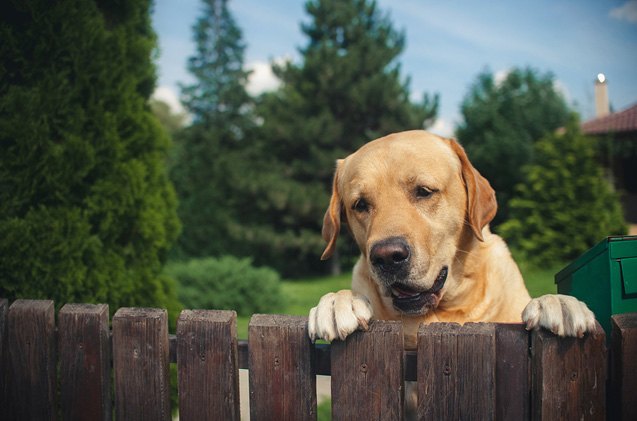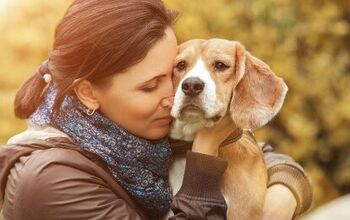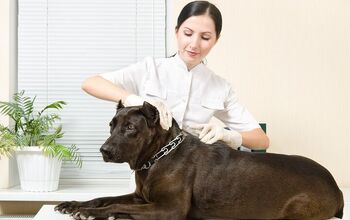Pooch Poaching: How You Can Prevent Dog Theft

Many homeowners take precautions against burglary by installing a security system in their home. Others take steps to prevent theft by getting a dog. But what happens when the item most in danger of theft is the dog itself? Pet theft is becoming an increasingly common reality with up to 2 million animals being stolen each year and only 10 percent of those stolen ever being returned home. Dog theft is a grim reality but there are some steps you can take to prevent it.
What Happens to Stolen Pets?
When someone steals a dog, it is likely for one of several different purposes:
- Breeders for use in puppy mills
- Sold to animal research facilities
- Used as bait or fighters in dog-fighting
- Offered for sale in pet stores
The sad reality is that many pet owners unknowingly give their dogs away for these purposes. Many of the people who sell or use animals for the purposes stated above get them from online or newspaper ads where dogs are offered “free to a good home.”
Related: Pet Flipping – The New “In” Thing in Crime
Facts About Animal Dealers
The United States Department of Agriculture (USDA) requires anyone who sells animals to a laboratory, as well as those selling more than 24 pets per year wholesale, to obtain a license. Class A dealers are licensed to run their own breeding facilities, while Class B dealers obtain their animals from what is referred to as “random sources”. In many cases, those random sources are people’s backyards from which dogs are stolen. Anyone can acquire a USDA Class B license by submitting an application and paying a $50 fee. In many cases, Class B dealers are only concerned with making a profit and they subject animals to horrific conditions with little regard for their welfare.
Related: What To Do If Your Dog Gets Lost
Preventing Dog Theft
Dog theft is a rising problem and there are a few things you can do to prevent it from happening to your dog:
- Always keep your dog indoors when you are not at home – even if you have a fenced yard, someone could break in and take your dog.
- Install an alarm or bell to your gate so that you can hear visitors/trespassers enter your property.
- Make sure that your dog carries proper identification including an ID tag and a microchip. If your dog escapes and someone takes him to a shelter, the shelter will be able to contact you.
- When walking, keep your dog on a sturdy, quality leash when out and about.
- Don’t leave your dog tied in public places while you go in stores to shop. Leave your dog at home if you need to run errands.
- NEVER leave your dog alone in your car. Not only does it pose serious health risks in most temperatures, but thieves have no problems breaking a car window and snatching your dog.
- Keep a close eye on your pet when he is outside and keep an eye out for suspicious characters in your neighborhood. Be suspicious if someone you do not know shows an abnormal level of interest in your pet and report any suspicious activity to the police.
- Spay or neuter your dog. This simple snip will make them less inclined to wander, and eliminates resale value for breeding purposes.
Thousands of dogs are stolen each and every year and many of them end up being used for inhumane purposes. To protect your dog from theft, keep a close eye on him and do not leave him unattended outside or in your car. When it comes to keeping your dog at home where he belongs, you can never be too vigilant.

Kate Barrington is the loving owner of two cats (Bagel and Munchkin) and a noisy herd of guinea pigs. Having grown up with golden retrievers, Kate has a great deal of experience with dogs but labels herself a lover of all pets. Having received a Bachelor's degree in English, Kate has combined her love for pets and her passion for writing to create her own freelance writing business, specializing in the pet niche.
More by Kate Barrington























